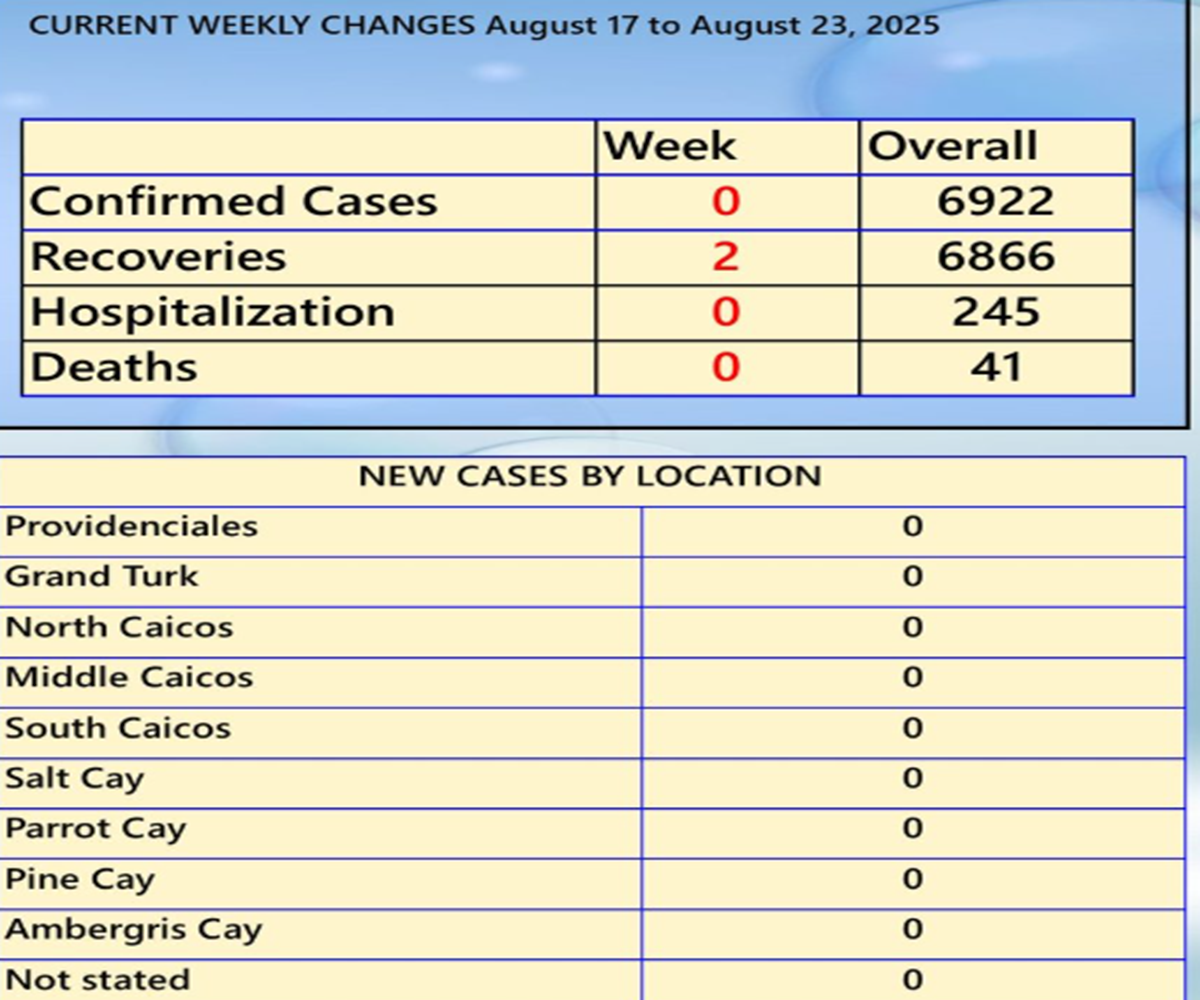Prevention and preparation can help you keep your loved one safe
November 21, 2023 – The definition of wandering varies from context to context. Technically, wandering is an umbrella term for several different behaviors. This includes elopement (attempts to escape), repetitive pacing and becoming lost. According to neurologist, Jagan Pillai, MD, PhD, Assistant Professor, Neurology, Cleveland Clinic Lerner College of Medicine, most of the caregivers he works with think about wandering in terms of the latter — when someone becomes lost outside of the home, without their knowledge.
However you define it, wandering is a serious concern. It tends to occur in moderate to advanced stages of Alzheimer’s disease. According to the Alzheimer’s Association, 60% of people living with the disease will wander at least once. Most individuals who wander, wander repeatedly.
As you can imagine, wandering is incredibly dangerous. In fact, of individuals who aren’t found within the first 24 hours of their departure, 50% end up either severely injured or dead. That’s why it’s so important to take action to prevent wandering, and implement a plan for recovering a loved one if they go missing.
It’s worth noting that Alzheimer’s isn’t the only condition that can cause wandering. It also occurs in other neurodegenerative diseases like Parkinson’s disease, specific forms of dementia like Lewy body dementia and developmental disorders like autism spectrum disorder (ASD). While the advice below focuses on Alzheimer’s, it might be worth a read for others, too.
According to Dr. Pillai, as Alzheimer’s disease progresses, certain abilities degrade, like sequential planning and keeping track of a daily routine.
“People with Alzheimer’s may not perceive the outside world in the same way anymore,” he explains. “The way they perceive colors and distances might change, too, so they’re not able to make judgments about how far apart things are, or how one object relates to another.”
This combination makes it difficult for the person with dementia to figure out where they are — and what to do next.
Many people who wander are motivated by a goal of some sort. Some of the common motivations include a need to escape from what one perceives as an unfamiliar or unsafe setting, a desire for social interaction or simple restlessness.
It’s often impossible to determine why an individual is wandering because, as Dr. Pillai notes, a combination of these things can happen all at once. He offers an example of going to get the newspaper.
“They’ve done that a zillion times in their life,” he explains, “but as the disease progresses, there will be a point where they pick up the newspaper, and suddenly the world doesn’t seem the way it used to seem. They get confused and they take a wrong turn.”
Something as simple as changing weather might be enough to disorient a person with dementia. As Alzheimer’s disease affects both memory and sequential planning, it’s hard to know what triggers the behavior.
If you have a loved one with an Alzheimer’s diagnosis, you’ve likely heard of a common phenomenon called sundowning. The term refers to a number of symptoms — like irritation, confusion, agitation and depression — worsening over the course of the day. While most people experience sundowning after the sun goes down, as the name suggests, it can actually happen at other times of day, too.
About 20% of all people with Alzheimer’s disease experience sundowning.
While it’s true that sundowning can prompt nighttime wandering, Dr. Pillai doesn’t see it as often among his patients as the literature would lead us to expect.
“Wandering typically means the person is breaching the threshold between their home and the elements,” he explains, “and people don’t usually go outside as much at night, although they might be wandering inside the house.”
That said, when people do have a wandering episode after dark, it’s extremely dangerous.
Wandering is a sign of disease progression, so it tends not to happen out of the blue. Your loved one may be at risk of wandering if they start:
- Forgetting how to get to familiar places, both inside and outside the house.
- Talking about obligations from their past, like going to work or picking children up from school.
- Asking about the whereabouts of family members who’ve passed away.
- Expressing a desire to “go home” while at home.
- Getting disoriented or anxious in crowded or public spaces.
If you notice these behaviors, it’s time to implement your wandering safety plan.
If you have children, you’ve probably sat down with them at some point to create a fire safety plan. It’s important to do the same thing for wandering. Having a wandering safety plan allows you and any other people involved in your loved one’s care to prepare for an emergency long before it happens. Here are some things to consider for your safety plan:
- Get a medical identification bracelet. According to Dr. Pillai, this is perhaps the most important component of the wandering safety plan. The bracelet should include the individual’s name, their medical condition (for example, “Alzheimer’s” or “memory loss”), a contact number for their primary caregiver and, if possible, their address.
- Enroll in a safe return program. Multiple companies sell medical alert devices with GPS tracking. In addition to facilitating the safe return of a loved one, they can also be used to summon the authorities in the event of a medical emergency. The Alzheimer’s Association, in collaboration with the MedicAlert® Foundation, has a 24/7 Wandering Support program.
- Take regular photos. In the event that your loved one goes missing, it’s crucial that you have a recent close-up photo to share with the authorities.
- Inform your neighbors. Contact the people living in the immediate vicinity of the person with Alzheimer’s and ask them to alert you if they see the individual walking around unsupervised. If possible, provide them with a photo. According to Dr. Pillai, “People are sometimes hesitant about sharing this information with their friends or family, or members of the community, but making sure people are aware is a huge safety net.”
- Write down likely wandering destinations. Make a list of the places your loved one has gone in the past or places you suspect they might try to go during a wandering episode. For example, if the person thinks they still have a job, they may try to go to their office.
- Install an alarm system. In addition to conventional home security systems, there is a wide range of products on the market specifically designed for wandering prevention, including bed, chair and gate alarms. There are also pressure mats with built-in alarms that can alert you when your loved one is walking into an unsafe area of the house.
- Hide your keys. Make sure your home and car keys aren’t readily accessible to a person living with dementia.
While you can’t stop people with Alzheimer’s from wandering, you can create an environment that discourages it. Here are some tips for managing wandering:
- Cover the basics. All humans need regular access to food, water and a toilet. Those needs going unmet may prompt a person living with dementia to wander.
- Build routines. Even if your loved one hasn’t had issues with wandering, structure can be helpful. Involve your loved one in daily activities like preparing meals. If you aren’t providing day-to-day care, arrange to call at the same time every day to check in.
- Schedule with symptoms in mind. Look for patterns in the individual’s wandering. If they’re prone to wandering at a particular time of day, plan activities during that time.
- Encourage “safe walking” and other exercises. Restlessness and lack of exercise are common causes of wandering. Give your loved one scheduled, supervised opportunities to get outside and be active.
- Camouflage exits. Where possible, match your door handle to the door color. If you can’t change the hardware, try covering the doorknob in fabric. You can also hang art on the door, giving it the appearance of a wall. Keep in mind, if you’re loved one is wandering, they can’t be alone — concealing the door is only safe if the individual is being monitored.
- Consider aromatherapy. While the scientific evidence is far from conclusive, the UK’s Alzheimer’s Society notes that aromatherapy might reduce aggression and improve cognition in people living with dementia.
While it’s important to keep your loved one from wandering, remember to NEVER leave them in a locked house by themselves. If you discover that a person with Alzheimer’s is missing, it’s important to act fast.
Within the first 15 minutes after learning your loved one is lost, do as many of the following steps as you can:
- Search the entire residence, including areas where the individual might not usually go (like a garage, basement, attic or crawlspace).
- Make sure there aren’t any cars missing from the residence.
- Search in the yard, if there is one, and in the surrounding neighborhood. Be attentive to the landscape. According to the Alzheimer’s Association, many individuals who go missing are found within brush or brier.
- If the individual has gotten lost in the past, search the areas where you previously found them.
- According to the Alzheimer’s Association, most people who wander are found within 1.5 miles of their starting location. As you widen your search area, favor the direction of the person’s dominant hand. For example, turn right at a fork in the road if your loved one is right-handed. When people with dementia wander, they tend to follow the direction of their dominant hand.
- Alert neighbors, friends and family members that the individual is lost. If possible, show them a recent picture of the missing person so they can keep an eye out.
If after 15 minutes of searching, you’ve been unable to locate your loved one, you should call 911 and report the individual missing. The authorities can then determine whether or not to issue a Silver Alert.
A Silver Alert — similar to the Marco Alerts you receive following a child abduction — is specific to missing persons who have a cognitive disorder, mental disability or brain disorder. The alert notifies everyone within the locale, region or state to be on the lookout for the missing individual.
No matter how much you plan or how hard you work, taking care of a loved one with Alzheimer’s or dementia will never be easy. It’s an emotionally, mentally and physically taxing experience. Without proper support, you run the risk of burning out. That’s why part of being an effective caregiver is knowing when to seek help.
Dr. Pillai recommends caregiver support groups to his patients’ families, explaining that, “There’s a lot of value in talking to other people going through the same experience.” Support groups provide a space to process grief, release stress and learn healthy coping strategies.
Dr. Pillai also notes that talking to other caregivers in your area is a great way to learn “what strategies to prevent wandering work in the real world.” If you’re not comfortable attending a support group, consider joining an online forum.
Millions of people are living with Alzheimer’s disease around the world — and millions more are caring for them. Wandering is scary, yes, but it isn’t unique. Your loved one isn’t alone in this fight, and neither are you.


 TCI News1 week ago
TCI News1 week ago
 TCI News1 week ago
TCI News1 week ago
 TCI News3 days ago
TCI News3 days ago
 TCI News3 days ago
TCI News3 days ago
 TCI News3 days ago
TCI News3 days ago
 Bahamas News3 days ago
Bahamas News3 days ago














